How do 3 phase motors manage to run on single phase power using the Steinmetz delta connection with a single capacitor?
The connection does not result in good performance, but the best that can be achieved without a 3-phase power source. The motor should be able to provide about 70% of rated power. Starting torque can be expected to be 20-30% of the motor's rated starting torque, less that that for a 2-pole motor. A 2-pole motor may not be suitable for such use at all.
With the optimum capacitor value, the capacitor current will be equal to the rated motor current.
The capacitor value can be approximated by:
C = 50 x Hp x (220/V)^2 x 50/f where:
C is in microfarads
Hp is the motor's rated horsepower
V is the motor's rated voltage
f is the motor's rated frequency
Unfortunately I copied the references I have some time ago without making a note of their origin.
Addendum 1:
The capacitor value should be optimized based on the actual motor load.
The formula came from a PDF on engineering.com clicking the Google search link downloads the PDF. I don't know how to access any related context on the site.
In general it can be said that a fair polyphase motor makes a poor
single-phase motor. A good polyphase motor makes a fair single-phase
motor, and to get a good single-phase motor an exceedingly good
polyphase motor is required.
Single Phase Induction Motor, Charles Proteus Steinmetz, Meeting of The American Institute of Electrical Engineers, New York, February 23d, 1898
Addendum 2:
A method for optimizing the capacitor value is to adjust the capacitance such that the current in the capacitor is equal to the rated current of the motor for the delta connection.
There are variations of the Steinmetz connection for capacitor-start, capacitor-start with capacitor-run and for the wye (star) connection.

